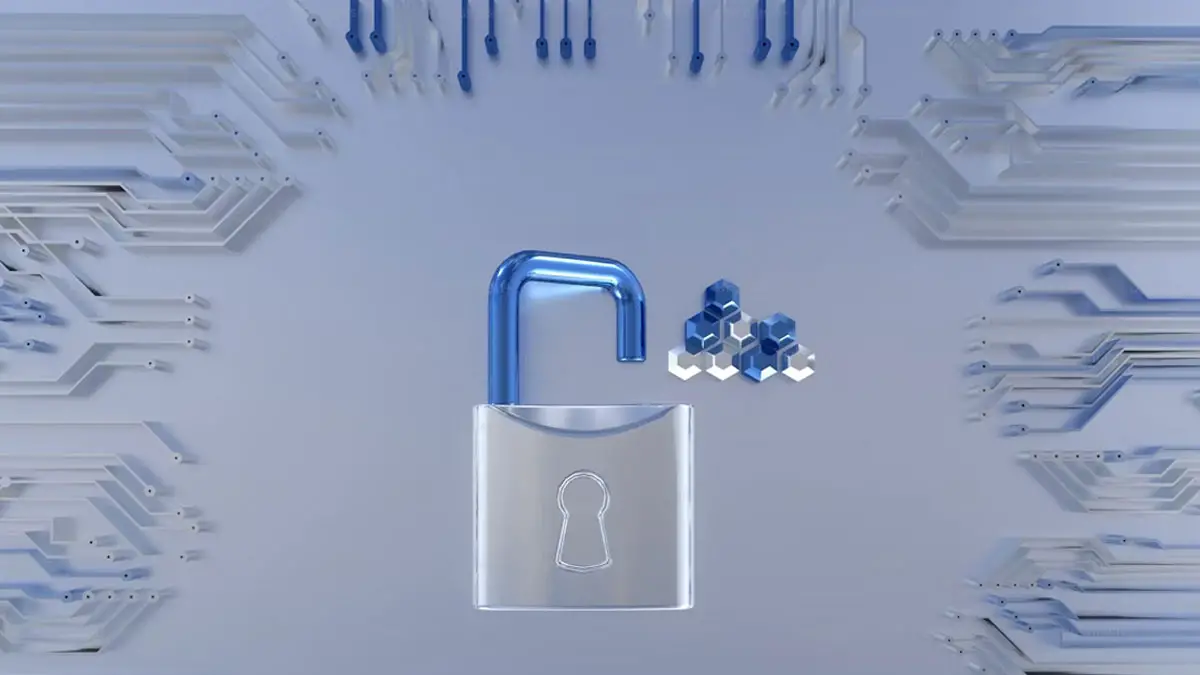The digital landscape today is more complicated, unpredictable and insecure than ever. And businesses have grown increasingly dependent on security solutions to ensure their sensitive information and vital operations keep humming. Even with tool stacks it tends to leave visibility across all attack surfaces a little fragmented or incomplete. To truly build cyber resiliency, organizations should be doing more than simply installing tools — they should continue to monitor, refine, adjust and optimize the performance and configurations of all of their cyber tools.
One of the better ways to discover where weaknesses and inefficiencies and unnecessary overlaps exist in your security program is through exercising your cyber defenses in SimSpace, the platform to test and validate cyber-skills in a realistic environment at scale. Not only is this mindset an enhancement to seeing, it is also a shift of power to the teams to make decisions based on data, and understand where they need to be investing in security that aligns with the actual observed threat on the ground.
Why Cybersecurity Needs Visibility
It is the cornerstone of proactive cyber defense. The organizations are effectively cyber-defending blind without broader context of endpoint, network, cloud services and user activity. By capitalizing on these blind spots, cybersecurity threat actors get closer to slipping by unnoticed defense mechanisms where it matters most.
Proactivity is more than setting off alerts, it’s more of a way of life. This involves: generating insights by joining up information between multiple sources; identifying patterns of harmful behaviour that enable us to act quickly to degrade or halt it. It comes down to the right mix of the tools and how they are setup and used in the right way, and a mature strategy that evolves as the threat actions change.
The problem is that organizations acquire security tools on an ad-hoc basis far too often, leading to tool proliferation, duplication, and shelfware. Securing your stack to see it It is not an overstatement to say that securing your cloud stack for visibility is a science to successful things getting done, and it all starts by being honest with yourself about the things that you already have locked down.
The Tool Sprawl and the Security Redundancy Problem
Tool (or is it solution maybe) sprawl is a problem for all companies it seems, no matter the size. In their quest for increased security, security leaders often buy more than one tool that addresses similar functions. While any one of those tools may be just fine for a specific use case, together they can create operational noise, cost and coverage holes.
Redundancy is not just wasteful — it can be deadly. Perhaps multiple tools are replicating someone’s monitoring of the same data source, and maybe one finds that its critical alerts are getting lost in the noise of all of the other messages. Similarly, security teams could just be burning a lot of time figuring out what to do with conflicting signals or working with non-integrated platforms that aren’t talking to each other.
That is where simulation and validation platforms like SimSpace come into play. By exercising your security stack to break in through simulated and controlled attacks you can measure real performance, find your weak links, and point out what is already needless or isn’t covered at all. Once you assess your cyber security posture with us, you are enabled to scrutinize your security tools and decide which you need to keep, scrap, switch.
Simulations of Threats in the Wild to Benchmark the Performance
Unlike other point-and-click training options, SimSpace is able to offer hyper realistic high-fidelity cyber-attack simulations using enterprise-level, virtual controlled environments. These are virtual environments that mirror the complexity of your actual IT environment – your cloud infrastructure, your endpoints, your hybrid networks – but without leaving your actual systems vulnerable.
With simulations, organizations can learn how their tools perform in response to different threats, from ransomware and phishing to advanced persistent threats (APTs). It’s insight that you simply won’t find from static audits or compliance checklists. You no longer have to guess at how some of your systems would react if someone had breached them, you can see how they would have responded and collect hard data on how well they are performing.
When you measure your cyber defenses with SimSpace, you have a technology, and a people problem. How quickly is a suspicious file flagged by your EDR solution? Can your SIEM correlate these events to stop Lateral movement? Do your incident-response teams read playbooks? These are the kinds of questions that simulation testing can help to answer.
Incorporating Findings into Your Campaign Optimization Plan
Raw test results are only useful if they get converted into action. Figure 1 shows the second stage of cybersecurity stack optimization—simulating the effects of threats and reading the results in order to apply specific changes with surgical-like precision.
Begin by grouping your tools by the progress they make in an attack: reconnaissance, initial access, lateral movement, privilege escalation, exfil, and persistence. Determine mitigation and detection success and identify where delays and failures occurred. Then, calculate the ROI for each tool based on how much real-world value it adds to your defense-in-depth methodology.
SimSpace is also actionable here. The tool has in-depth analytics, reports and dashboards which map various performance metrics to tools being used and how customer service agents are using them. You’ll be able to tell what systems were able to raise timely alerts, which integrations worked and which workflow fell down. This kind of visibility is vital to security operations and executive decision makers alike.
By taking the time to assess your cyber defenses with SimSpace, you enable your security team to optimize configurations, enhance detection rules, and retrain staff based on real results—not assumptions. It becomes easier to justify budget reallocations, phase out ineffective solutions, and invest in capabilities that demonstrably improve visibility and resilience.
Improving visibility from cloud to hybridonic interrupted
Today’s attack surfaces are anything but perimeter only. The reach of cloud environments, SaaS apps, mobile devices, and remote working configurations all add to the complexity and risk. In any case, visibility needs to be realized across all end points regardless of location or device. But many of the old cybersecurity tools can’t do this kind of work.
It is, therefore, imperative to factor in cloud-native security tools, API integrations, identity management platforms — including securing access to resources. With SimSpace, you can validate each of these tools’ effectiveness in identifying and neutralizing threats in varied environments — on-premise, multi-cloud, and hybrid.
If your organization leverages both Microsoft Azure and AWS, your tests should confirm that alerts are generated across both platforms when lateral movement or data exfiltration is attempted, for example. If there are lapses evident by the outcome, then you can see where the focus needs to lie, be it new tooling or tighter integration.
This once more exemplifies the importance of evaluating your cyber defenses with SimSpace in your cloud security approach. And with simulation-based validation you can ensure your stack is optimised not just for cost and performance, but also for end-to-end visibility wherever your assets are located.
Training and Uplifting Human Capabilities
Indeed, the best tools are only as effective as the people using them. The human preparedness is a key and often overlooked element for cyber security readiness. Incident responders, SOC analysts, threat hunters, and business decision makers all require regular, real-world training in order not to become a victim of the changing threat landscape.
SimSpacep Presancer SimSpace extends past tool testing, including red team vs. blue team exercises, live fire scenarios, and custom playbook validation. This provides an opportunity for security teams to train under ‘no consequence’ environment in real threats – rounding their instincts, manoeuvres and decisions under pressure.
In addition, the platform provides a means for organizations to both track and compare individual and teams against such metrics: time to detect, time to contain, how effective thre communication was and whether the response unfolded as planned. These implications also contribute directly to superordinate optimization efforts to the extent that more or different training and/or human resources are needed in those areas.
“Maximizing your stack is not just about the tech itself, it’s about the humanity that’s enabled with that tech,” Damien clarifies. When you evaluate your ability to defend against cyber attacks using SimSpace, you not only measure system performance, but also organizational readiness.
Iterative Optimization for a Continuous Solution Formulation
Your thinking around cybersecurity can’t be a “set it and forget it” proposition. Threats are changing on a daily basis, and new vulnerabilities are being discovered every day while business requirements change constantly. A one-time audit or even an annual pen test isn’t enough to stay secure. Optimization should always be a meaningful process, and iterative.
SimSpace makes that kind of improvement possible. By simulating regularly and updating with threat intelligence, businesses can develop “real-time” defenses. In this way, this feedback loop is used to build a living security approach, one that’s responsive, evidence-based and tightly aligned with your ever-changing risk position.
For example, if you start hearing about a new strain of ransomware that’s attacking financial institutions, you can use SimSpace to simulate its chain of attack and evaluate how well (or poorly) your defenses fare. According to findings, you may want to reconfigure EDR policies, modify threat hunting scripts or deploy patches – long before the threat can potentially enter your production environment.
By engaging routinely and continuously assessing, cybersecurity is a competitive weapon, not a reactive cost of doing business.
The Business Case of Optimisation
Cybersecurity bosses in most enterprises need executive support to approve new undertakings, technologies, or reorganization. The case for optimization must be proven with clear evidence, not just tech talk.
SimSpace’s reporting and visualization software also allows the company to provide security teams with a way to translate their technical findings into business speak. You can also articulate measures like risk reduction, improvement of dwell time, and possible cost savings from avoided breaches. This also serves to integrate cybersecurity aims with the wider business aims, making it easier to justify investments in optimisation.
At the end of the day, being able to check your cyber defenses with SimSpace is a competitive differentiator – it demonstrates your organization’s commitment to being a front-foot, high-performance security manager.
Closing Thoughts:
With an expanding attack surface and increasingly sophisticated adversaries, cybersecurity must not remain static. It’s not sufficient to layer in some tooling and hope it works as planned when the chips are down. Sustaining resiliency requires a process of continual refinement and optimisation.
Platforms such as SimSpace provide a powerful, real-world way to test, validate, and improve your entire cybersecurity tool stack – improving visibility, reducing redundancy, and giving your demoralized teams the intelligence they deserve to protect.
Prioritize an evaluation of your cyber defenses with SimSpace to future-proof your security posture. It is not simply a matter of risk management — it is a strategic push toward smarter, more agile, even more secure operations throughout your organization.

